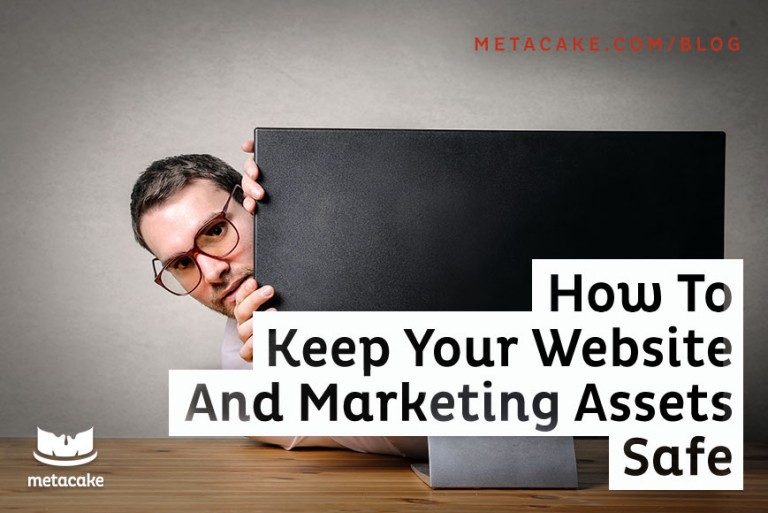Most people don’t think of safety as a big marketing topic…but just think about it.
What would happen to your business if everything you put into that part of your company were lost tomorrow?
Most likely, this would be devastating.
So, just like you have to trademark your brand or keep your physical property from being stolen, you have to take care of for marketing assets, both online and offline.
This involves protecting a couple of things. The first is your computer and local storage. The second is your website and online assets.
Now, when it comes to threats, the truth is that 90 percent of the threats out there are relatively benign. They are attempts to use your site to send spam or simply to deface your brand for bragging rights. This isn’t good, but it also means that these hacks aren’t normally stealing user information or deleting your entire site.
Still your brand is at stake and lots of damage can be done to your image if this happens to you. And there is always the other 10% of the time to consider…
So don’t put yourself at risk.
Follow these tips to keep your website safe and running smoothly and your data secure.
1. Use Strong Passwords
Always use strong passwords. And when we say strong, we mean so long and complicated that you could never remember them. We use 1Password to stores ours and share them across our team.
2. Backup Everything…and then Back it Up Again
Make sure everything is secured and constantly backed up.
Here’s the set of tools that we use:
- Dropbox for collaboration and backup
- Crashplan for offsite backup
- Time Machine to an internal server for onsite backup
- Google Vault for email and doc backup
- iCould for remote wipe (just in case something does get stolen or “misplaced.” You certainly don’t want your secure information in someone else’s hands.)
3. Learn from Your Bad Experiences
If you do get hacked, take it as a learning experience. It will likely happen to you…just make sure it doesn’t happen to you in the same way more than once. Use it as a warning sign that it’s time to update your security.
And learn from the bad experiences of others for that matter.
We once had a friend that had a single computer and backup drive…both of which he often carried around with him. Then one day he set his bag down next to his car and the next thing you know, he’d backed over it with his Jeep Grand Cherokee. Needless to say he lost everything. Not a single recoverable file.
Lesson Learned: Don’t carry your entire business around with you in a backpack.
You never know when you might leave it on a train, or forget it in the hotel lobby, or…perhaps even drive over it with your own car.
4. Secure your Website
Limit your vulnerabilities by doing the following:
Server backups on a nightly or weekly basis.
You can get this with your hosting. We typically use Liquidweb or AWS.
Use a 3rd party site security scanner.
This is worth the money. With a 3rd party scanner, you will be able to detect hacks or vulnerabilities in your site long before you would be aware of the problem otherwise.
Limit admin accounts.
And again, don’t allow weak passwords. In our experience, 99% of hacks to sites we’ve seen have come through an admin user with a weak password. If your site is on WordPress, use WPFence to ensure that all passwords pass the strength test.
Limit plugins to the essential ones.
And know the authors. Your site is only as secure as your weakest plugin. Plugins are essentially gateways into your site and you have no way to control what is allowed in and what is not. That responsibility lies within the plugins own security, so be careful with plugins that are not essential and do your research before installing.
Make sure to update your site, your security, and your plugins regularly.
If any of the above are outdated, you are especially at risk.
Be careful with file uploads.
Any file that you upload to your site is searchable. Just because it’s not linked to doesn’t mean it’s secure, so don’t host information on your website that you don’t want people to see. To test your site, do “site:URL” in google.
Of course, there are no guarantees, but if you follow these tips, you should be in better shape than the majority of sites out there.
